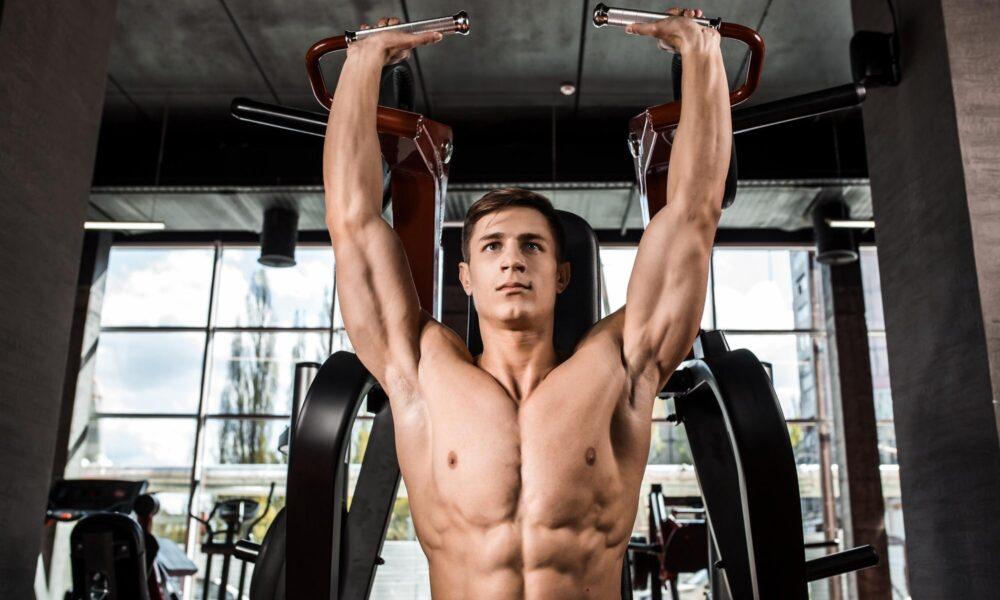

In the fitness world, shoulders are more than just a muscle group—they’re a statement of strength, stability, and athletic potential. Understanding shoulder development is crucial if you’re an athlete, fitness enthusiast, or someone looking to improve overall physical performance.
The Anatomy of Shoulder Performance
Your shoulder is an intricate marvel of biomechanical engineering. Comprising three primary muscles (anterior, lateral, and posterior deltoids) and surrounded by a complex network of rotator cuff muscles, shoulders are responsible for an incredible range of movements. From lifting groceries to lifting at the gym, your shoulders are constantly at work.
Understanding Shoulder Muscle Groups
Anterior (Front) Deltoids
The front deltoids are responsible for forward and upward arm movements, making them heavily engaged in exercises such as chest presses, front raises, and overhead presses. These muscles play a crucial role in pushing motions and overhead activities, essential for both aesthetic and functional development.
To effectively train the anterior deltoids, incorporate exercises such as barbell overhead presses, dumbbell front raises, and incline bench presses. These movements emphasize forward shoulder engagement, ensuring proper development and strength gains.
Lateral (Side) Deltoids
Lateral deltoids contribute significantly to shoulder width and definition, making them key for achieving the coveted “boulder shoulder” look. These muscles enable side-to-side arm movements and are engaged during lateral raises and upright rows.
The best exercises to target lateral delts include lateral dumbbell raises, cable lateral raises, and upright rows. These movements ensure maximum muscle activation and help create a broader, well-defined upper body.
Posterior (Rear) Deltoids
Often neglected, the rear deltoids are critical for maintaining proper posture and balancing out chest and front shoulder development. They are heavily involved in pulling movements such as rows and face pulls.
To effectively train the posterior deltoids, incorporate exercises such as bent-over reverse flys, face pulls, and rear delt cable raises. Strengthening this area helps prevent muscle imbalances and enhances overall shoulder health.
Rotator Cuff Muscles
The rotator cuff is a group of small yet powerful stabilizer muscles, including the supraspinatus, infraspinatus, teres minor, and subscapularis. These muscles provide joint stability and play a crucial role in injury prevention.
To keep your rotator cuff muscles strong, include exercises like external rotations with resistance bands, internal rotations, and face pulls with a rope attachment. These movements ensure optimal shoulder function and durability.

Why Shoulder Development Matters
Injury Prevention
Strong, balanced shoulders significantly reduce the risk of injuries, including rotator cuff strains, dislocations, and chronic pain. Weak or imbalanced shoulder muscles can lead to instability and increase the likelihood of overuse injuries. Incorporating targeted strength training and mobility work ensures shoulder longevity and reduces the risk of setbacks.
Functional Strength
The shoulders are fundamental to many daily and athletic movements. Whether lifting objects, playing sports, or performing bodyweight exercises, well-developed shoulders enhance performance and overall movement efficiency. Strengthening all three deltoid heads and the rotator cuff translates into better lifting mechanics and improved overall stability.
Posture Correction
Poor posture is often the result of weak rear deltoids and overactive chest muscles. Strong posterior delts help counteract the negative effects of prolonged sitting and forward head posture, promoting a healthier alignment of the spine and shoulders. Prioritizing rear delt exercises can alleviate common postural imbalances and reduce discomfort.
Overall Upper Body Power
Shoulders are integral to pushing, pulling, and stabilization movements. Whether performing bench presses, pull-ups, or overhead lifts, the deltoid muscles contribute significantly to strength and endurance. Training the shoulders properly leads to better performance across all upper-body exercises.
The Ultimate Shoulder Development Strategy
Advanced Training Principles
Progressive Overload
Gradually increasing weight, repetitions, or complexity is key to continuous shoulder growth. Over time, challenging your muscles with greater resistance ensures ongoing development and prevents stagnation.
Mind-Muscle Connection
Focusing on controlled movements and proper technique leads to better activation and engagement. Slow, deliberate motions enhance muscle recruitment and maximize growth, making each rep more effective.
Technology and Shoulder Training in the Modern Era
Modern fitness tools provide valuable insights into shoulder training, including:
- Fitness Apps: Track progress, analyze form, and monitor muscle engagement.
- Wearable Sensors: Detect movement patterns and prevent overtraining.
- Virtual Training: Access expert guidance from fitness professionals worldwide.
- 3D Motion Analysis: Identify potential imbalances and improve technique.
Essential Training Tips
Weight Selection Strategy
Starting with an appropriate weight is crucial for maintaining good form. A general guideline is to begin with 10-15% of your body weight for presses and gradually increase as your strength improves. Form should always take precedence over lifting heavier weights.
Recovery and Nutrition
- Allow 48-72 hours between intense shoulder workouts.
- Consume 1.6-2.2 grams of protein per kg of body weight for optimal muscle repair.
- Prioritize sleep and hydration for effective recovery.

Key Nutrients for Shoulder Health
-
Protein Sources
- Lean meats
- Fish (especially fatty fish for omega-3s)
- Eggs
- Plant-based options (legumes, quinoa)
-
Anti-inflammatory Foods
- Berries
- Leafy greens
- Turmeric
- Ginger
- Green tea
-
Joint Support Nutrients
- Collagen
- Vitamin C
- Glucosamine
- MSM (Methylsulfonylmethane)
Common Mistakes to Avoid
- Ego Lifting: Using excessive weight can lead to poor form and injuries.
- Neglecting Rotator Cuff Training: These small muscles are crucial for joint stability.
- Unbalanced Training: All three deltoid heads must be worked evenly.
- Skipping Warm-Ups: A lack of preparation increases the risk of shoulder strains.
Sample Shoulder Workout Routine
Beginner Level
- Dumbbell Shoulder Press: Sit on a bench with back support, holding a dumbbell in each hand at shoulder height. Press the weights overhead until your arms are fully extended, then lower back to the start.
- Lateral Raises: Stand with a dumbbell in each hand, arms at your sides. Raise both arms outward until they reach shoulder level, then lower slowly.
- Front Raises: Hold a dumbbell in each hand, palms facing your body. Lift one or both arms straight in front of you until they reach shoulder height, then lower.
- Face Pulls: Attach a rope to a cable machine at face level. Pull the rope towards your face while keeping your elbows high and squeezing your rear delts.
Intermediate Level
- Arnold Press: Hold dumbbells in front of your shoulders, palms facing your body. Rotate your wrists outward as you press the weights overhead, then return to the start.
- Standing Shoulder Press: Hold a barbell or dumbbells at shoulder level and press them overhead. Keep your core tight and control the descent.
- Seated Dumbbell Shoulder Press: Similar to the standing press but performed seated for added stability.
- Alternating Front Raises: Perform front raises one arm at a time to focus on each shoulder individually.
Advanced Level
- Complex Set: Combine multiple shoulder exercises with minimal rest.
- Incorporate drop sets and supersets to maximize intensity.
- Introduce explosive movements like push press for power development.
Progressive Programming Model
Phase 1: Foundation (Weeks 1-4)
- Focus on form and mind-muscle connection
- Moderate weights, higher reps (12-15)
- Emphasis on stability exercises
Phase 2: Hypertrophy (Weeks 5-8)
- Increase weights
- Moderate reps (8-12)
- Introduction of advanced techniques
Phase 3: Strength (Weeks 9-12)
- Heavyweights
- Lower reps (4-8)
- Complex movements
Phase 4: Peak (Weeks 13-16)
- Mixed intensity
- Variable rep ranges
- Maximum muscle recruitment techniques
Remember, shoulder development isn’t just about muscles—it’s about creating a balanced, functional, and resilient upper body. By combining targeted exercises, proper technique, and a comprehensive approach to training, you’ll not only build impressive shoulders but also enhance your overall physical performance.
Stay consistent, stay focused, and embrace the journey of transformation!

Q&A: Common Shoulder Training Questions
Q: How often should I train my shoulders?
A: Ideally, 2-3 times per week, ensuring adequate recovery between sessions.
Q: Can I train shoulders if I have previous injuries?
A: Yes, but focus on rehabilitation exercises and consult a medical professional before resuming heavy lifting.
Q: Should I train shoulders with chest or on a separate day?
A: It depends on your program, but training them separately allows for greater focus and intensity.
Q: How long does it take to see results?
A: Noticeable strength and definition can appear within 6-8 weeks with consistent training and proper nutrition.

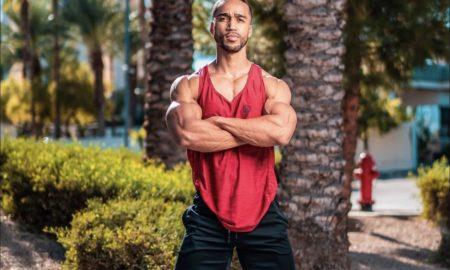
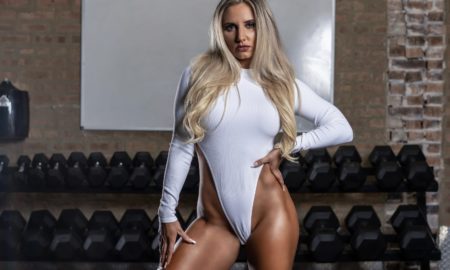

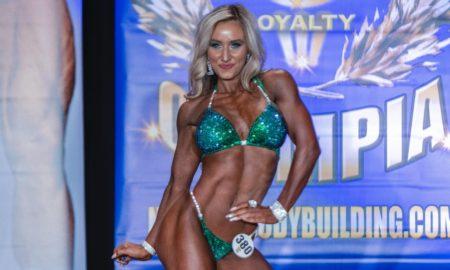
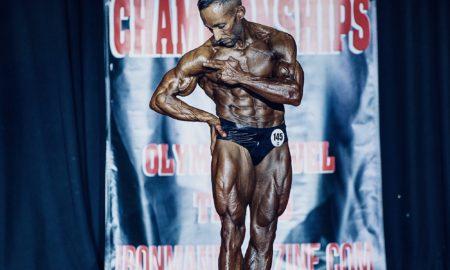
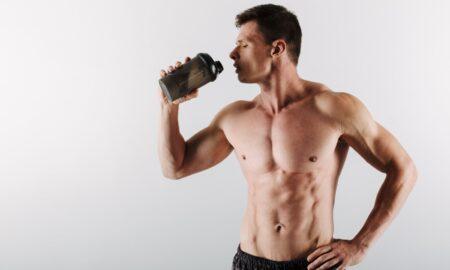




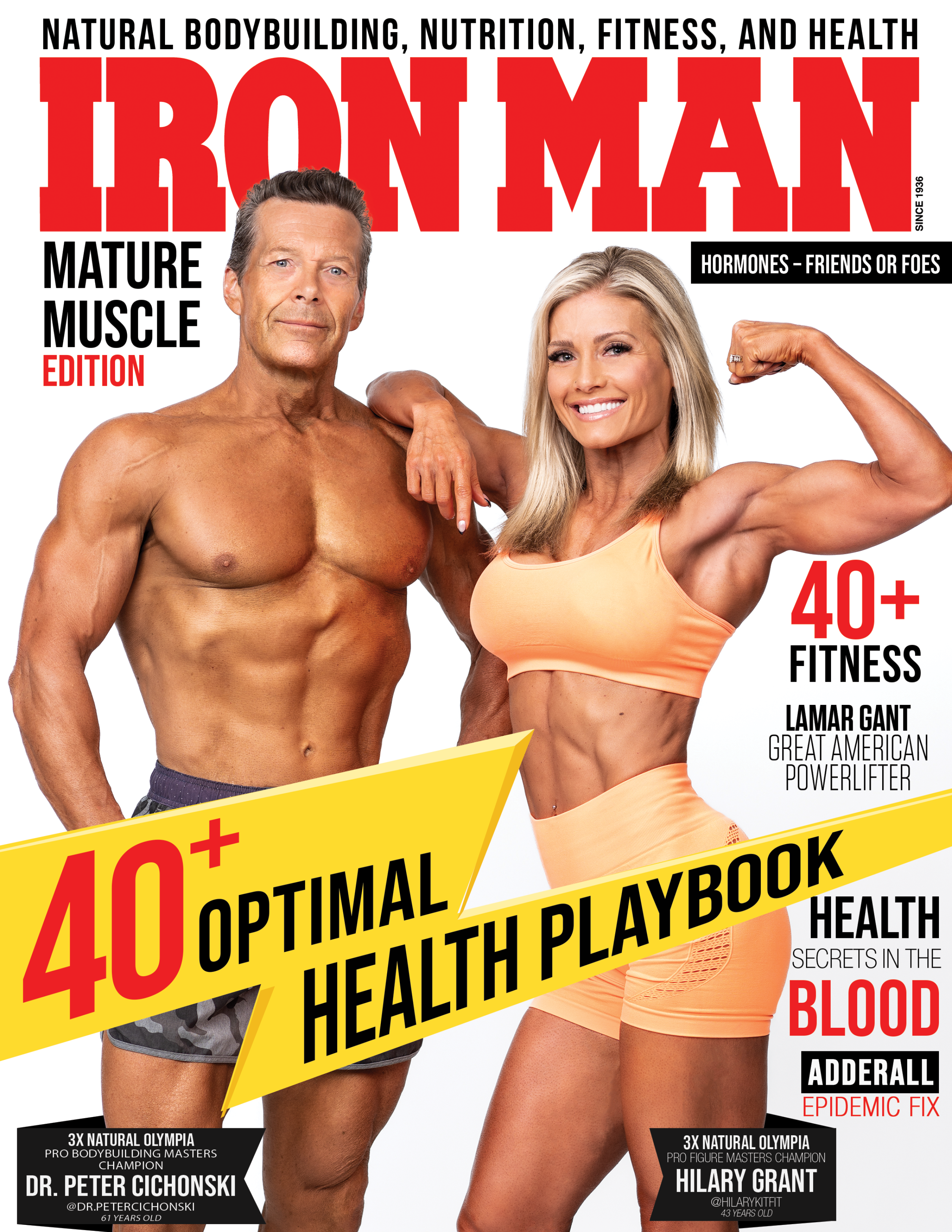


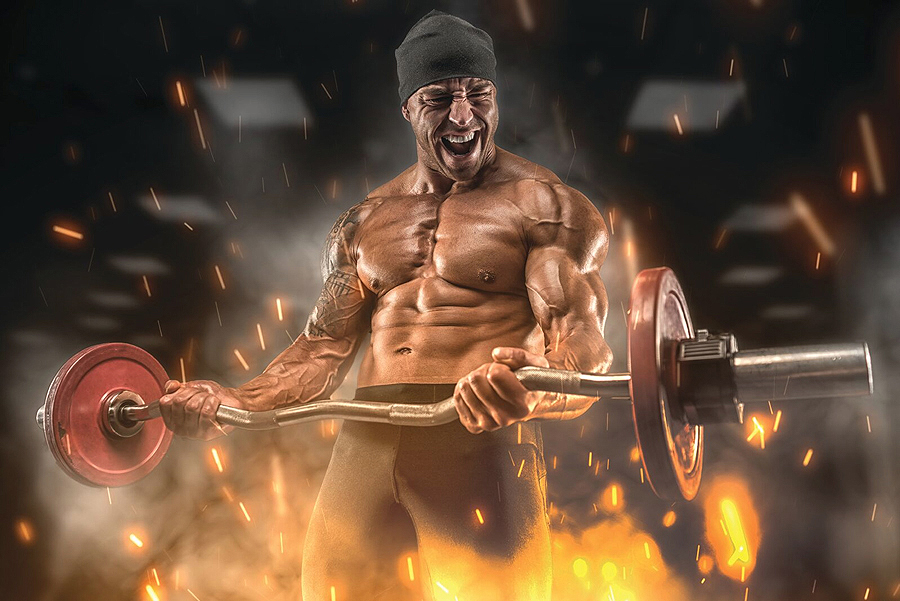


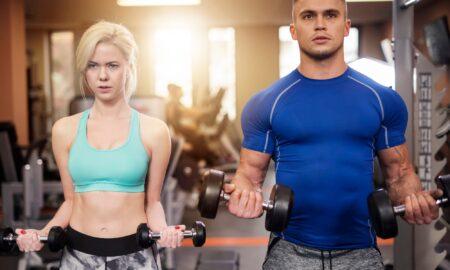
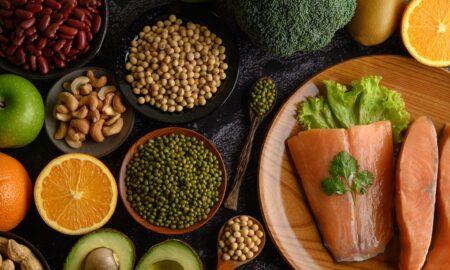
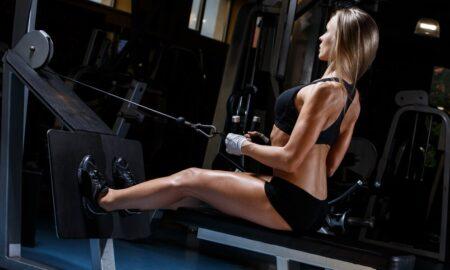
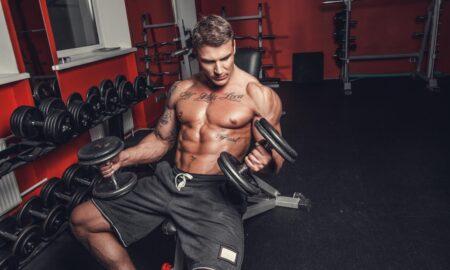
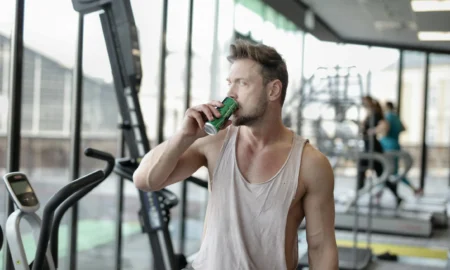
You must be logged in to post a comment Login